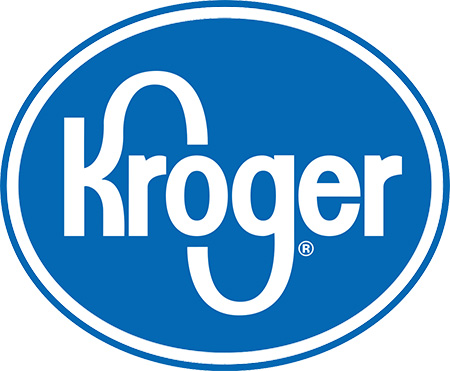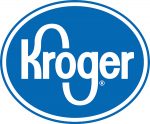Cannabis edibles—i.e., capsules, chewable gummies, lollipops, cookies, etc. —are becoming more popular and commonplace as laws legalizing cannabis are passed in certain states. Some people are consuming these edibles simply for pleasure, while others are ingesting it for medical reasons, such as reliving epilepsy symptoms, easing chronic pain and combating nausea from chemotherapy. While safety regulations are in place for the foods we eat, who is responsible for the safety of these cannabis consumables?
The 2018 Food Safety Consortium features a Cannabis Quality track | November 13–15 | Learn MoreSince customers can order cannabis edibles online from just about anywhere (including Amazon), they assume these products must be safe. But, as it turns out, that’s not necessarily true. Currently, there’s no regulatory standard for edible cannabis products. Very few consumers realize that it is a “buy-at-your-own-risk” market.
The FDA makes certain that foods sold in the United States are safe and properly labeled. But, currently, they do not regulate cannabis edibles.
Cannabidiol (CBD) infused edibles seem to be more “socially acceptable” than smoking cannabis because they sidestep some of the stigmas, such as the odor. This makes them appealing to a wider audience.
It’s entirely possible that some of the edibles you purchase aren’t manufactured from food-grade ingredients. A document from the Denver Department of Public Health and Environment recently noted that some CBD products being sold in the United States are coming from unregulated, unsafe and unsanitary manufacturing facilities. Further, some of these edibles contain unapproved ingredients, have been produced in unsafe conditions, and had unsubstantiated health claims on their labels.
In many cases, the edibles being sold and consumed in the United States may:
- Not have the desired effect that consumers are seeking.
- Be dangerous for consumption, due to inappropriate levels of CBD.
- Contain ingredients that are not food grade and are, therefore, unsafe to ingest.
- Be hazardous due to cross-contamination or cross-contact issues.
- Transmit foodborne illnesses due to poor sanitation and hygiene in the facilities where they were produced.
There have been a number of cases of foodborne illness (and potential hazards) in cannabis edibles recently. In August 2017, Dixie Brands voluntarily recalled six cannabis products after the Denver Department of Public Health and Environment discovered they were produced with potentially unsafe, non-food-grade oils. That same summer, The Growing Kitchen recalled MaryMint Tincture, a breath spray product, after a health inspector found it being stored on a shelf at room temperature (not refrigerated). There was concern about whether the oil was shelf stable, and the potential botulism risk from the unrefrigerated oil in this product.
Another company, At Home Baked, made bubble hash, a form of cannabis concentrates, in its cannabis edibles. Their recall included a variety of products, including their brownie mixes, blondie mixes, rice krispy treats, and Stixx candy. It seems they were manufacturing their products in a washing machine that was in poor working condition (eroding, rusted and containing substantial amount of mold.) Unregulated “facilities”— such as old, moldy, rusty washing machines—are dangerous and extremely concerning in terms of public health and safety.
Denver is one of a few areas in the United States that is regulating the production of edibles on a food safety level. And in Denver alone, there has been a tremendous number of cannabis investigations in recent years, many of them ending in recalls. However, most U.S. jurisdictions are choosing not to regulate food safety around the production of cannabis and edibles. As a result, many unsafe cannabis edibles are being produced and sold to the public, which presents a significant risk to consumers.
Since these products (and the cannabis industry in general) are not regulated, many people producing edibles have not had even the most basic food safety training. Numerous production facilities overlook the most basic food safety rules: They don’t wash their hands, they don’t prevent cross-contamination, and they don’t pay attention to critical items like time and temperature control, proper storage, pest control, sanitation, etc. Yet, they are preparing consumable products and selling them to the public, who believe the edibles are safe.
Because there’s no federal regulation, lab testing varies among each state that permits the use of medical and recreational cannabis. Unfortunately, that means there aren’t consistent safety standards in the cannabis industry, as there are in the food service industry.
The FDA requires a (HACCP) plan for most food manufacturing and food service industries. This means that food businesses will take great strides to only sell food that is safe for consumption, and will not cause injury or illness. As the cannabis industry continues to produce cannabis-infused edibles and other products, people in the business can learn from the existing food safety protocols and procedures. Particularly, they should look to maintain compliance with food safety regulations and take all necessary steps to ensure a safe product for consumers (e.g., clean facilities, food-grade ingredients, no cross-contamination, proper labeling, etc.)
Fortunately, there are a growing number of CBD and THC edible producers that are hiring food safety and cannabis experts to help them elevate their safety standards before the FDA starts to regulate. As with all industries, there are many producers that are ready, willing and trying to do the right thing.
As more people purchase and consume cannabis edibles, it’s becoming increasingly important to buy from reputable companies that follow proper safety protocols. Cannabis companies should produce and handle edibles like food businesses produce and handle food – with the utmost attention to safety.


















